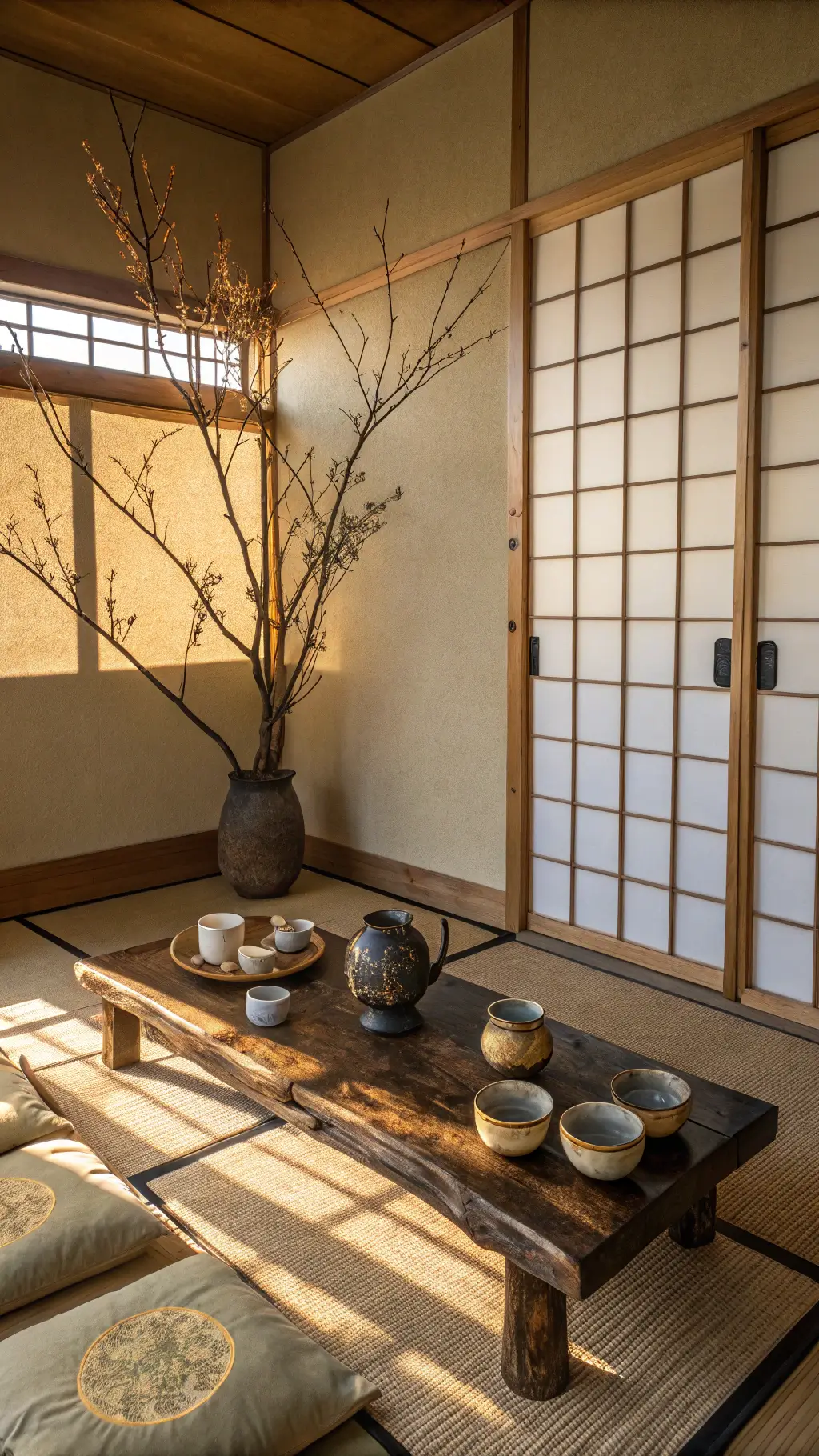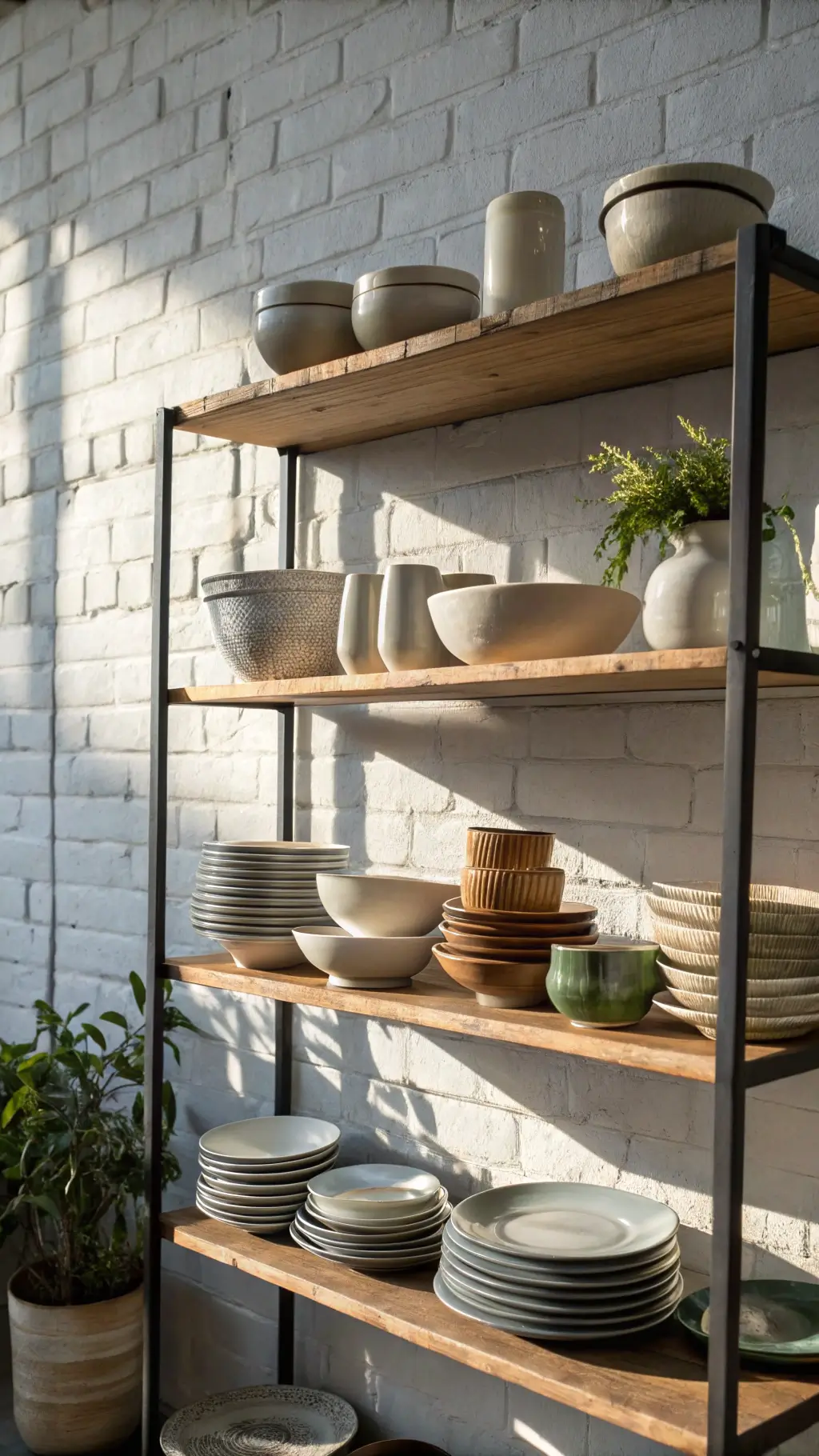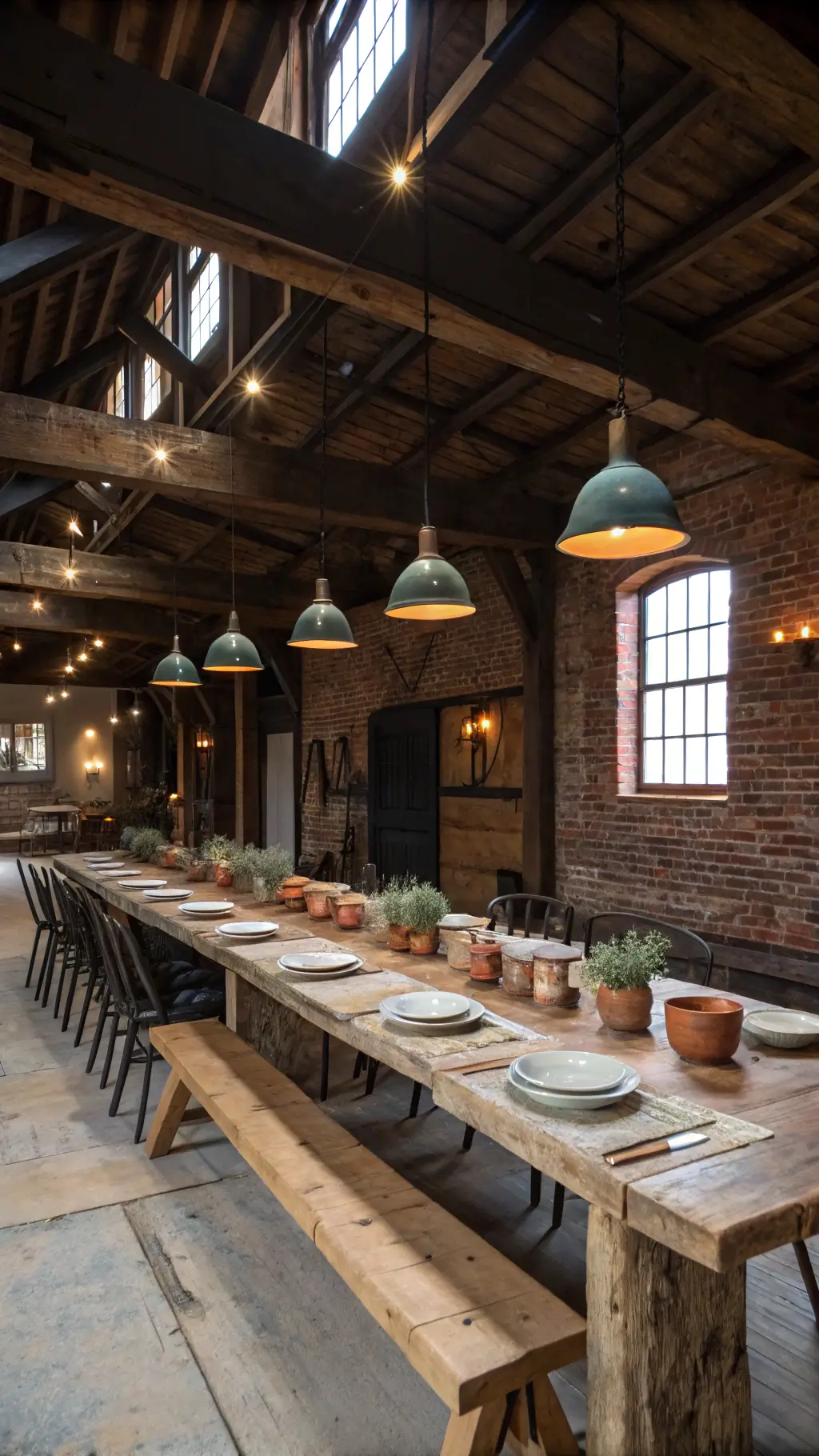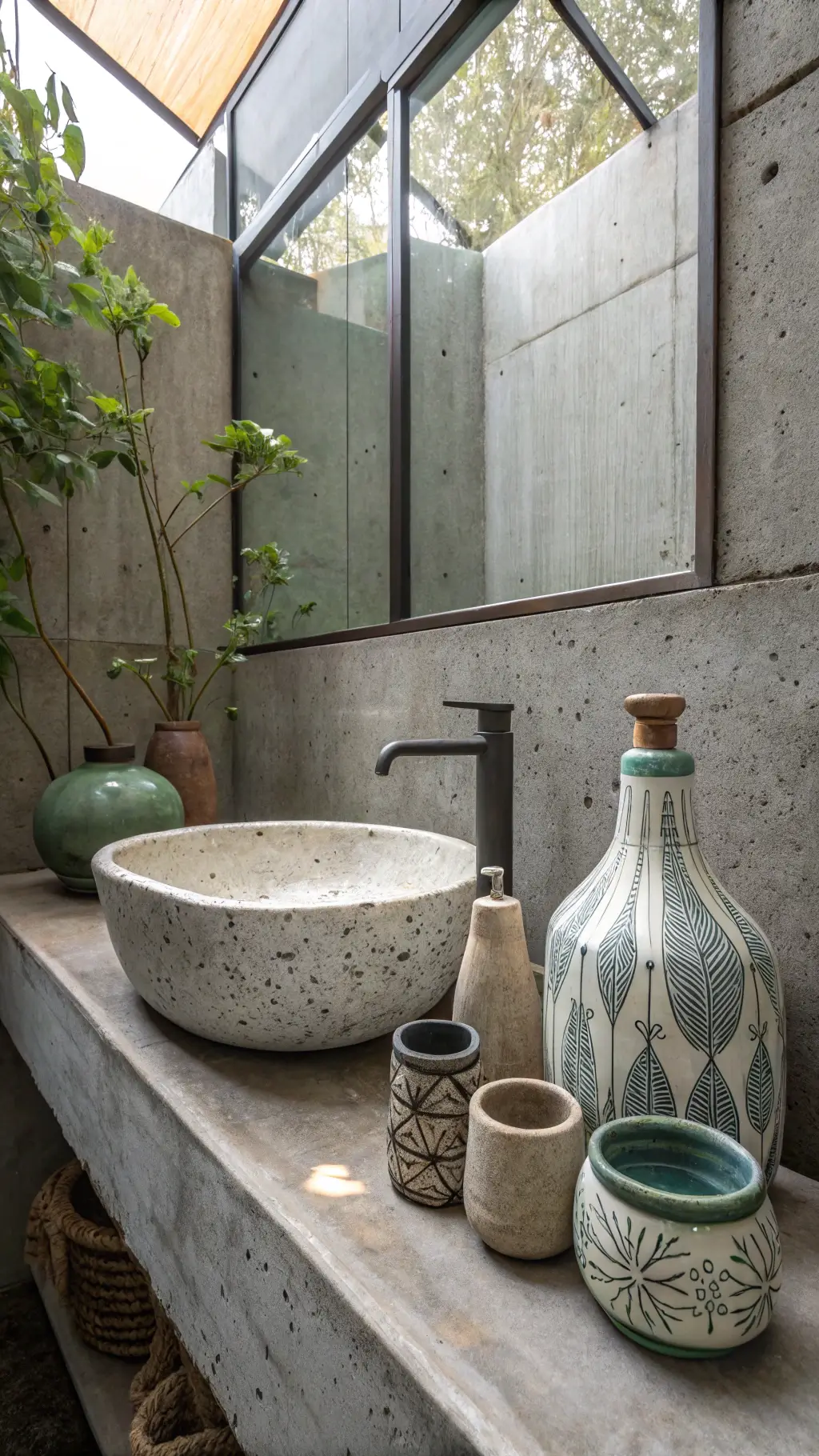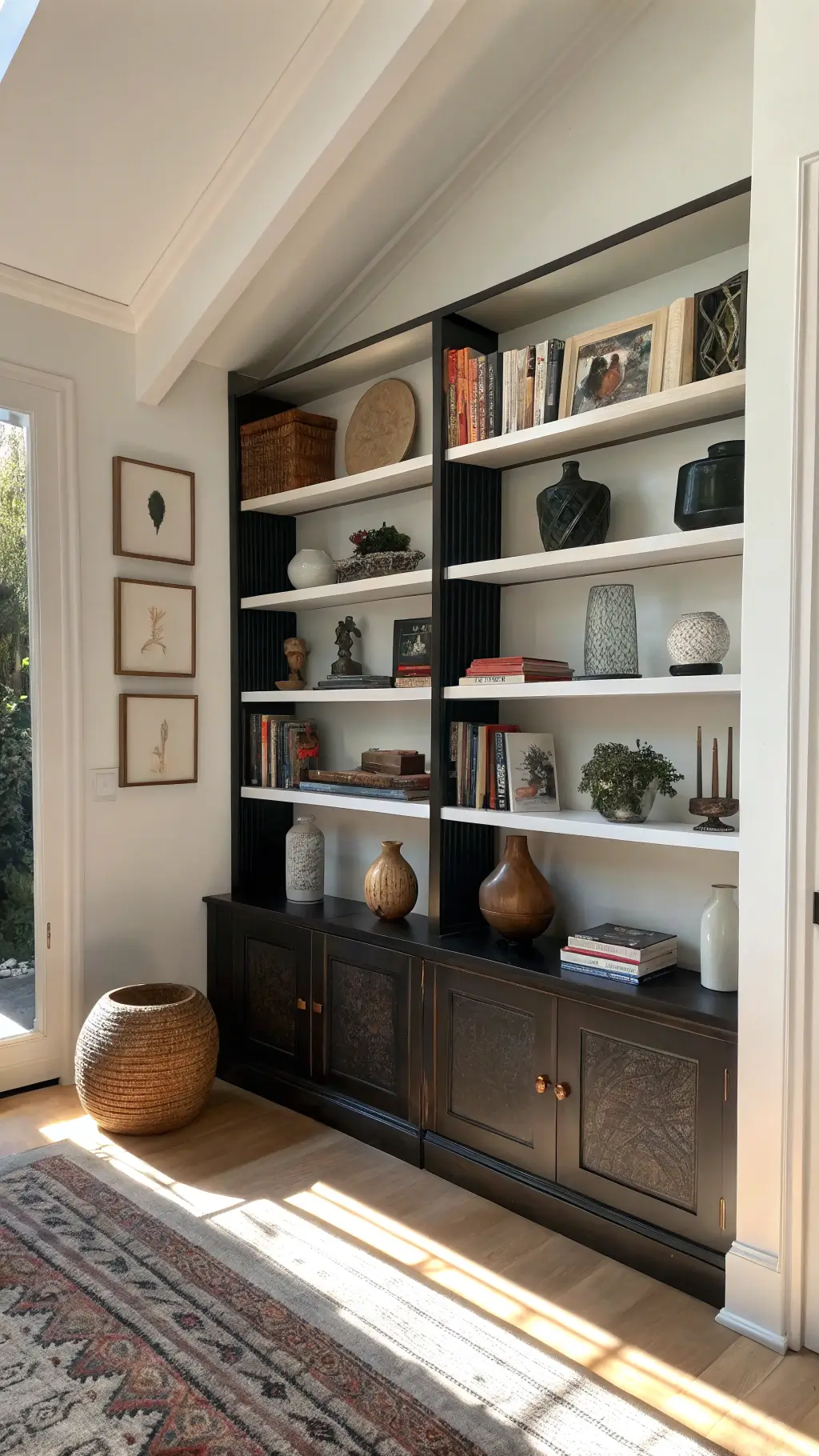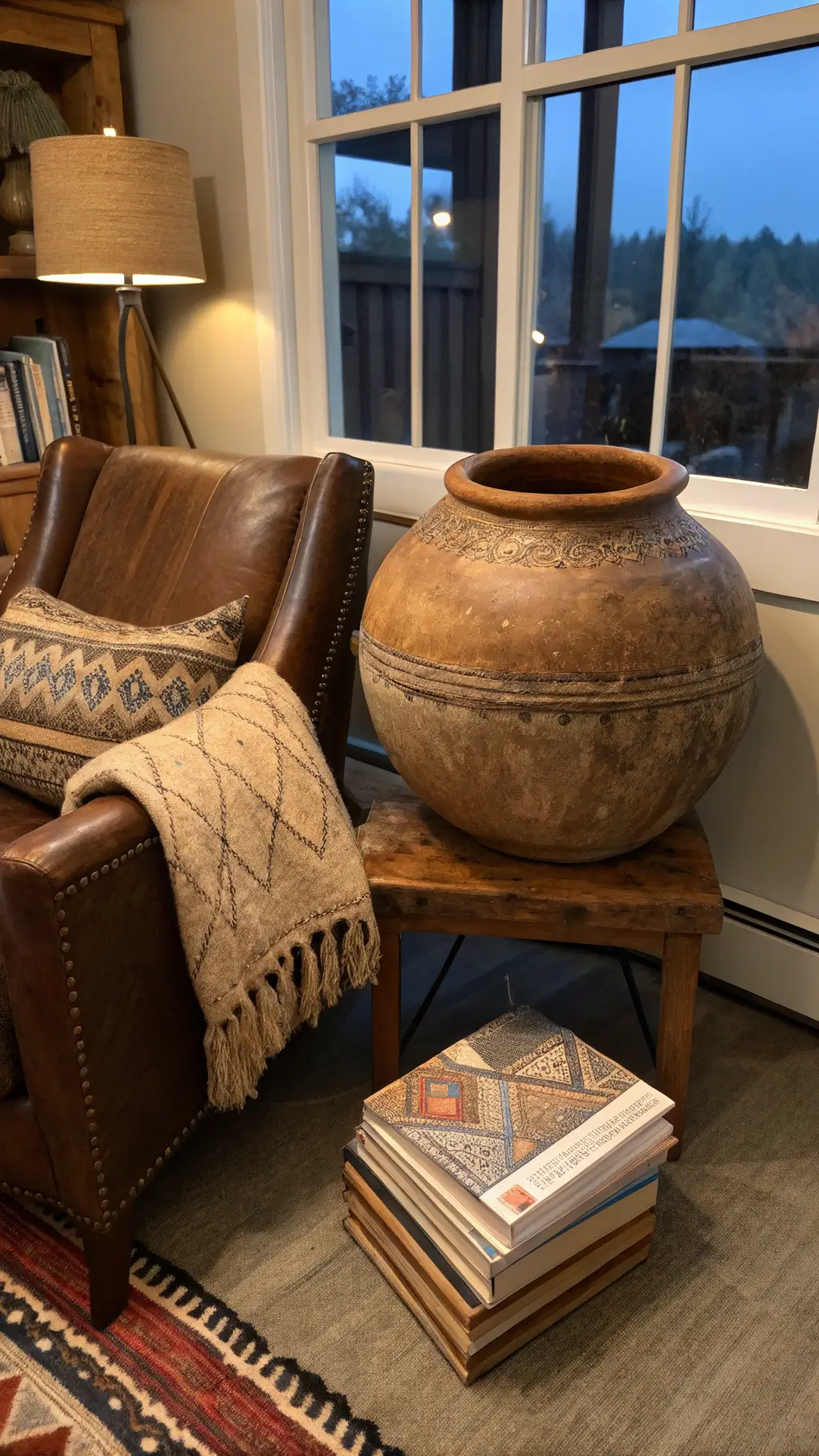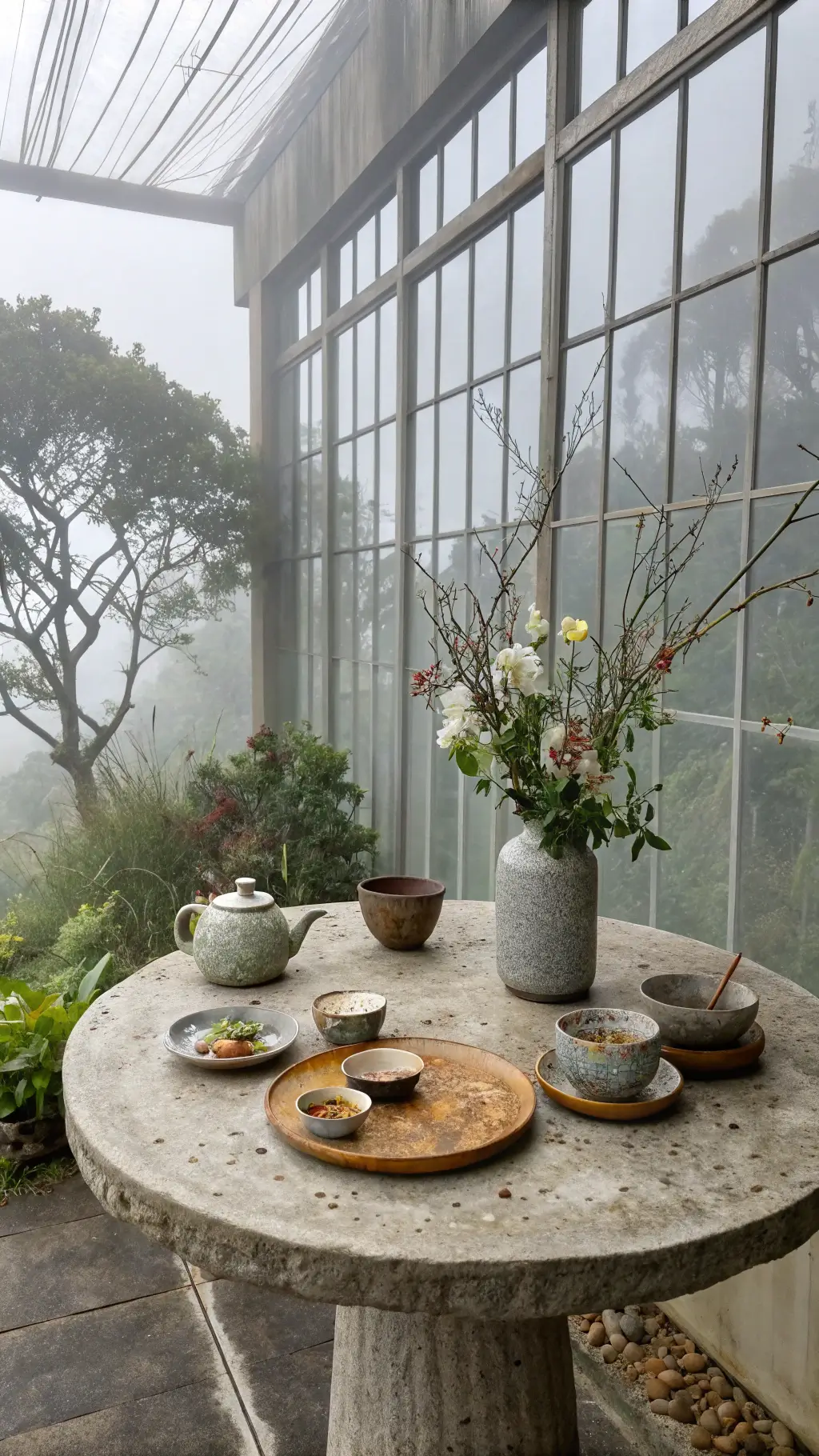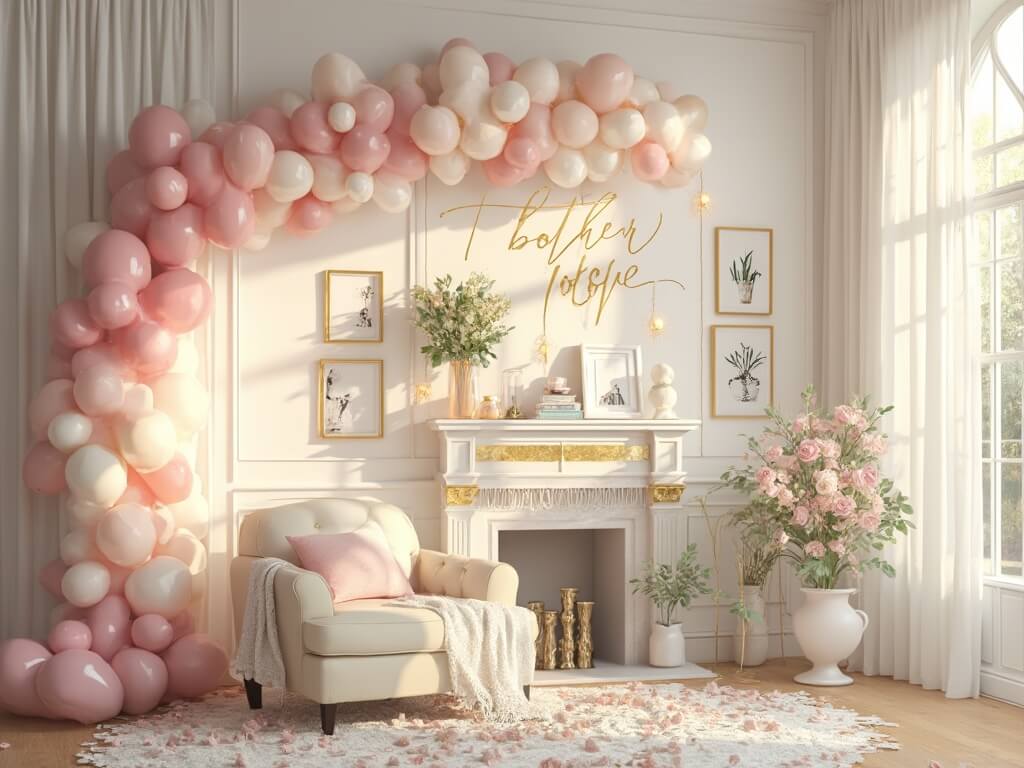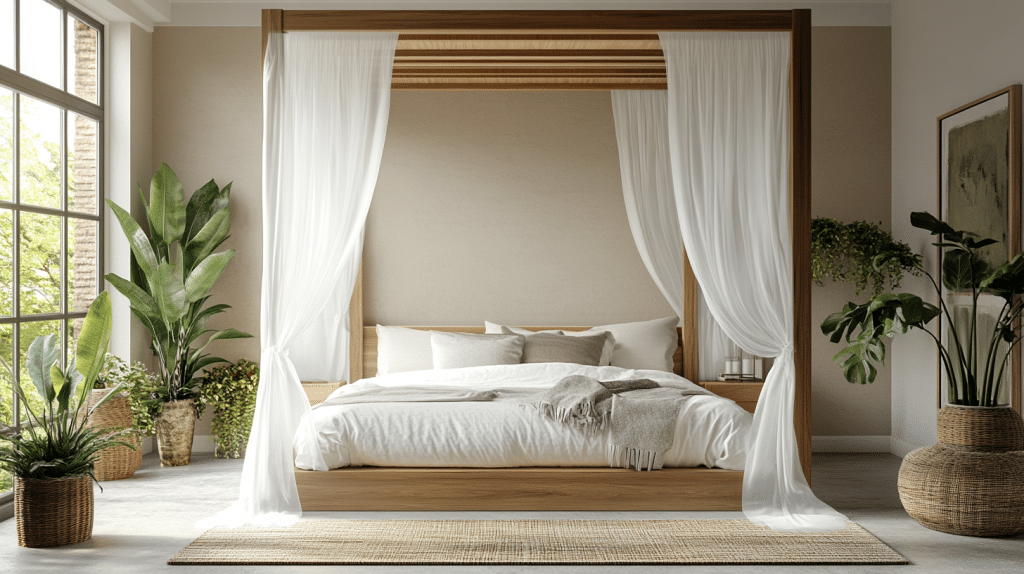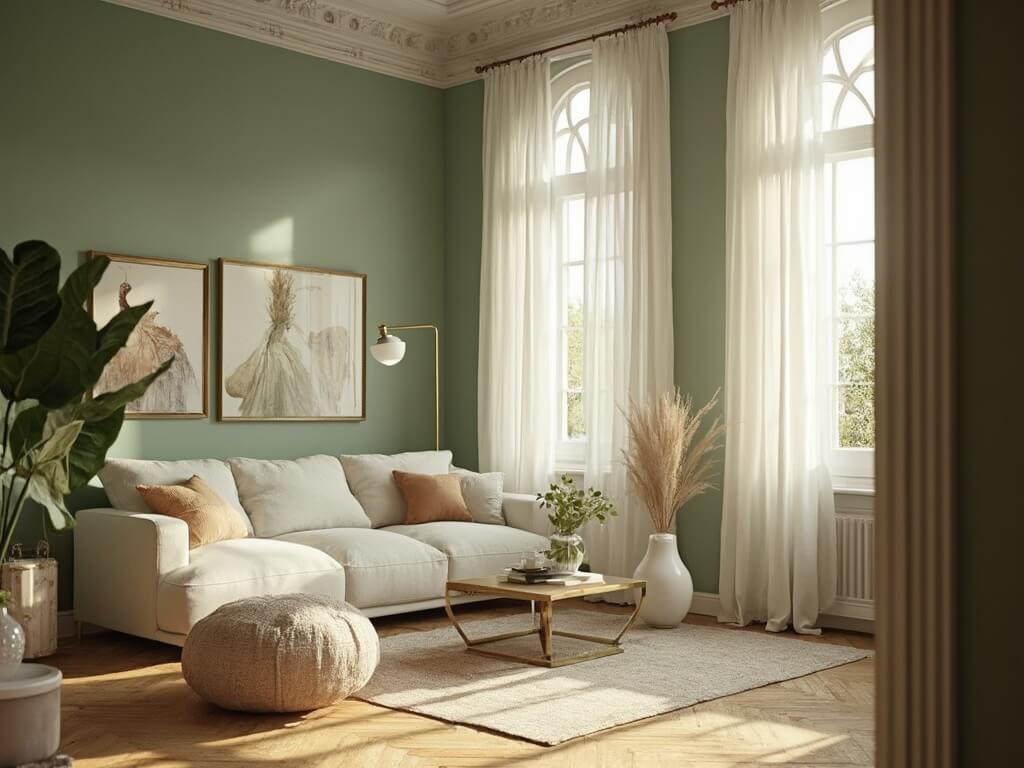Wabi Sabi Pottery: Embracing Imperfection as the Ultimate Art Form
Have you ever looked at a piece of pottery and felt something deeper than just admiring its shape? That’s the magic of wabi sabi pottery.
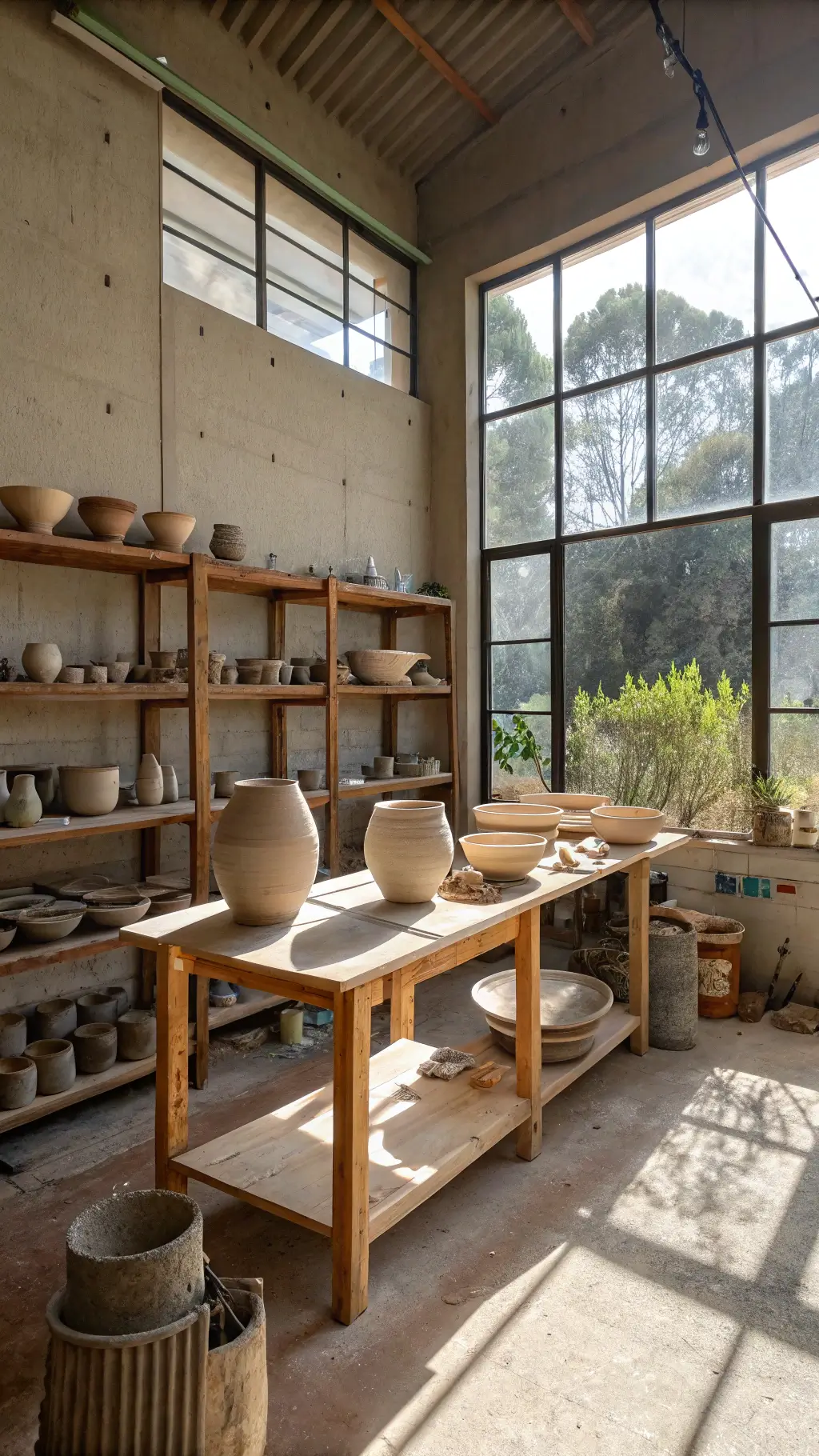
What Makes Wabi Sabi Pottery Extraordinary?
Wabi sabi is more than just ceramics. It’s a profound Japanese philosophy that transforms our understanding of beauty, perfection, and human creation.
The Core Philosophy
- Beauty isn’t about flawlessness
- Imperfections tell a story
- Every crack, bump, and uneven surface has meaning
Distinctive Characteristics of Wabi Sabi Ceramics
1. Texture That Speaks Volumes
- Rough, uneven surfaces
- Visible fingerprints
- Asymmetrical shapes that feel alive
- No two pieces are ever identical
2. Colors Drawn from Nature
- Earthy, muted tones
- Soft browns, grays, and subdued greens
- Matte finishes that whisper instead of shout
- Glazes that look like they’ve been touched by time
3. The Poetry of Aging
- Celebrating wear and tear
- Patina that grows more beautiful with use
- Marks that tell the object’s journey
Kintsugi: The Art of Healing
Kintsugi isn’t just repair – it’s transformation.
When a ceramic piece breaks, instead of discarding it, artists:
- Mend the cracks with gold or silver lacquer
- Turn breakage into a celebration
- Create something more beautiful than the original
Why Wabi Sabi Matters in Modern Design
In a world obsessed with perfection, wabi sabi reminds us:
- Flaws are not failures
- Age brings character
- Simplicity is sophistication
Practical Applications
Wabi sabi pottery fits perfectly in:
- Minimalist homes
- Zen-inspired spaces
- Sustainable interior design
- Spaces valuing authenticity and mindfulness
Personal Reflection
Each wabi sabi piece is a meditation. It whispers ancient wisdom: true beauty is impermanent, imperfect, and profoundly human.
Pro Tips for Appreciating Wabi Sabi
- Slow down
- Touch the pottery
- Notice the details
- Let go of perfect expectations
Final Thought
Wabi sabi isn’t just an aesthetic. It’s a way of seeing the world – where every crack, every mark, every moment is a potential masterpiece.


